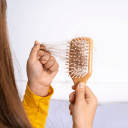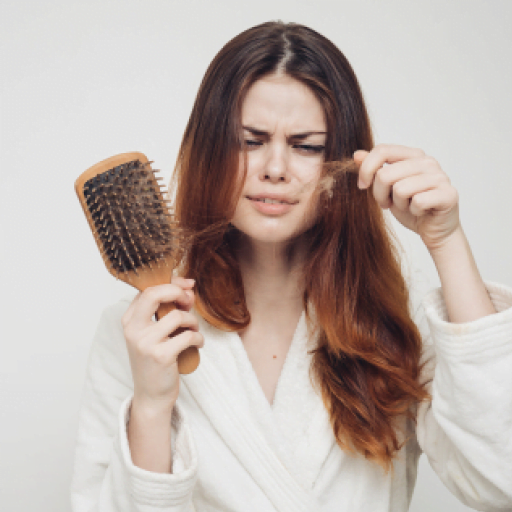Genetics
According to studies, men are more likely than women to suffer from hair loss at some point in their lives. Male and female pattern baldness are equally common. Men experience hair loss more frequently; however, the truth is that it doesn’t make it any less unpleasant or difficult for the person who is going through it. Losing one’s hair can undermine one’s self-esteem. Plus, it can trigger plenty of negative emotions, all of which can cause frustration.
Female pattern baldness is hair loss that only affects women. It’s the same as male pattern baldness, except that women can lose their hair differently. In men, hair loss starts on the top of their head and moves around to the back until they have no more hair. It starts at any portion line on a woman’s head. Then, it moves to the temples on either side of her face, where it may also recede.
As you get older, you will probably lose your hair. About two-thirds of women have hair loss after they have their period for the last time. Less than half of women make it to age 65 with a full head of hair.
Genes can contribute to female pattern baldness. If you lose your hair after menopause, hormones are likely responsible. Consult your doctor if you have a receding hairline to determine whether you have female pattern baldness or another type of hair loss. It is preferable to begin treatment as soon as possible. Treatment will start to work sooner, but it may stop operating for a while and then resume.
The anagen phase (growing phase) slows down in female pattern hair loss. It also takes longer for new hair to start growing. When hair follicles shrink, it leads to more delicate and thinner hairs that break easily.
The American Academy of Dermatology says that it is normal for women to lose up to 100 hairs each day. Women with female pattern baldness can lose even more. But usually, you will not go bald. You may experience a lot of thinning all over your head, though.
Hair loss can be passed on from parents to children. Many different genes are involved, and you can get these genes from either of your parents. If both your mother and father have had hair loss or other close relatives, then you might acquire the genes for it too.
If you’re suffering from female pattern baldness, you can try finasteride or topical minoxidil. Alternatively, you can try other hair loss solutions such as hair transplants.


